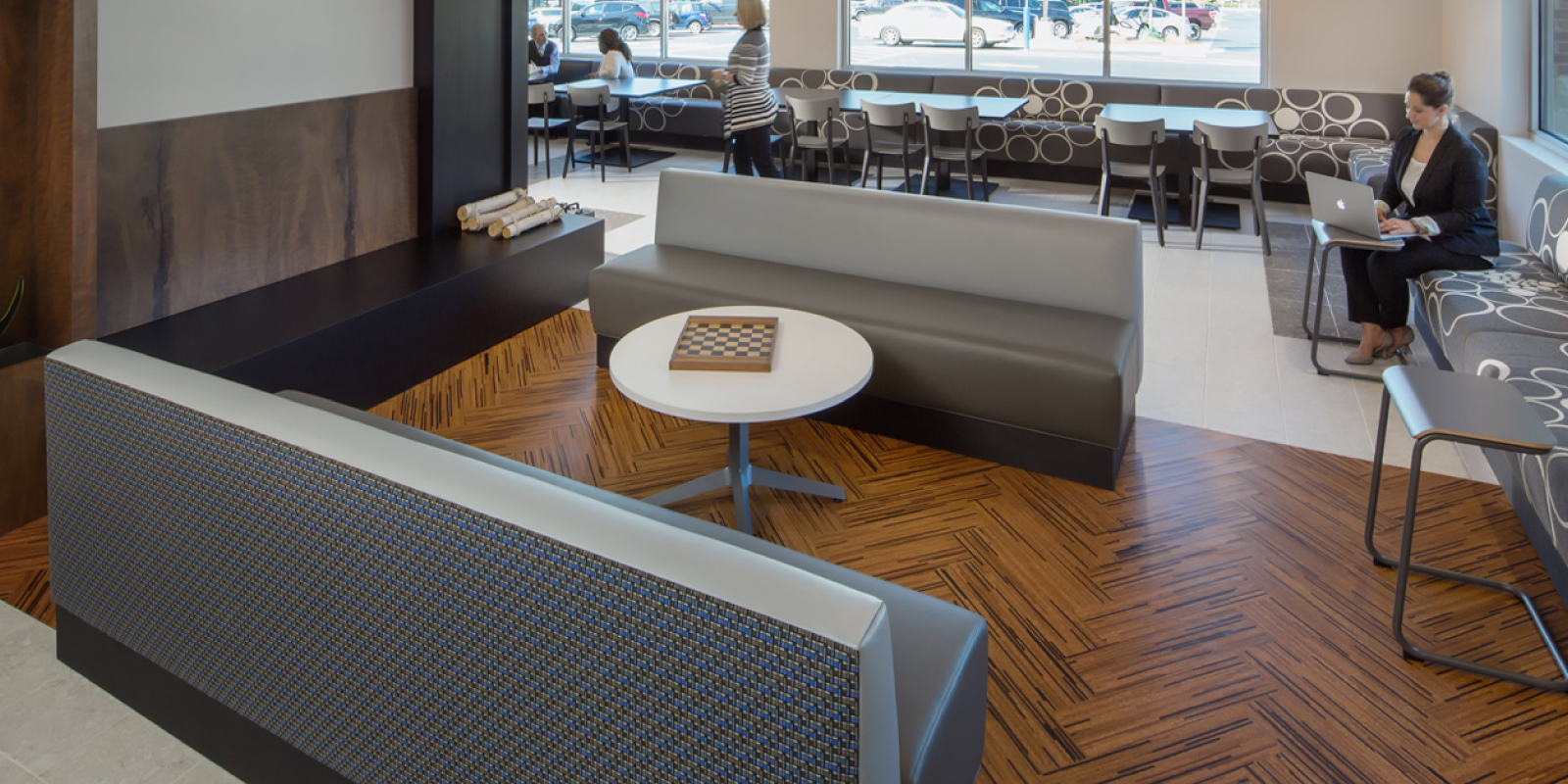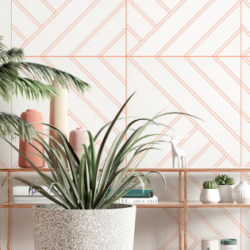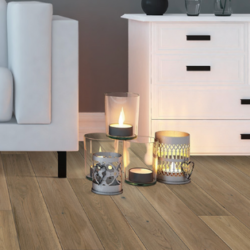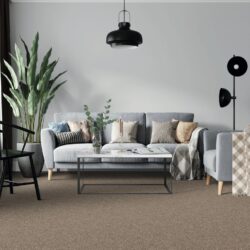If we could hop in a time machine and head to the future, one of the main things we’d love to find out is what hardwood flooring looks like after competing with cork flooring for one or two decades.
Of course, we don’t have a handy time machine at our disposal, so we just have to sort through the facts of today and come up with our best hypothesis. But, we must say, the future sure looks bright for cork flooring!
One of the major reasons cork flooring is becoming a go-to over other options is its eco-friendly nature. With a generation of buyers who care more about the environment than previous generations, cork flooring is about as green as it gets. Unlike hardwood, which wipes out rainforests and/or old-growth forests, cork flooring is created from a type of oak tree that regenerates (grows back) after it is cut.
Beyond the “going green” aspect, there are other reasons cork flooring is gaining momentum in the world of commercial flooring. However, there are also some pitfalls for designers to consider.
Let’s dive in!
Renewable?
First and foremost, like we mentioned before, eco-friendly products are more popular than ever. And, cork flooring might as well be the poster child in environmentally-minded flooring products. Since cork is harvested from the cork oak tree, it poses no legitimate risk to forest devastation, unlike other flooring materials and products.
Maintenance?
Going green isn’t the only focus for surface designers. There is always a question about the ease of maintaining a certain type of flooring product, whether it’s due to a high volume of foot traffic or a need to be pet-friendly. Perhaps, one of the major downfalls for cork flooring is its porous nature. This calls for sweeping and vacuuming over mopping or swiffering. In addition, it eliminates [entirely] certain spaces that are prone to water exposure- bathrooms, kitchens.
Longevity?
Depending on the space, the lifespan of cork flooring could be viewed as a downside. This is because the more traffic cork flooring endures, the shorter the amount of time it will last. Traffic isn’t the only determining factor about how long cork can last. Other things like stains, scratches, and water could cut even more time off of a cork floor’s survival clock.
Versatility?
Because of its natural colors that are earthy by design, cork flooring is considerably versatile. It can usually fit into any design plan. Contemporary, modern, or industrial spaces can indulge in the beauty of flooring that is cork.
Extras?
What are some other things that cork flooring brings to the table? For one, it is hypoallergenic. To add to that, it is also antimicrobial. These two facts are standalone benefits that a lot of surface designers will consider when laying out plans for a space.
Cork Flooring Price?
Although it isn’t necessarily at the top of a surface designer’s list of priorities, the price of cork flooring is drastically lower than hardwood or other competing flooring options. Beautiful results can be had for less than $2.00 per sq.ft. Compare that to hardwood rates, and you’re looking at a savings that falls anywhere from 50-80 percent.
So, we’ve covered the main questions about commercial flooring and answered them according to the world of cork floors.
If you have more questions, contact us and we will be happy to talk about it more with you!
Categorised in: Architecture & Design, Cork Flooring, Hardwood, Non-Tile
This post was written by Jennifer Horning







